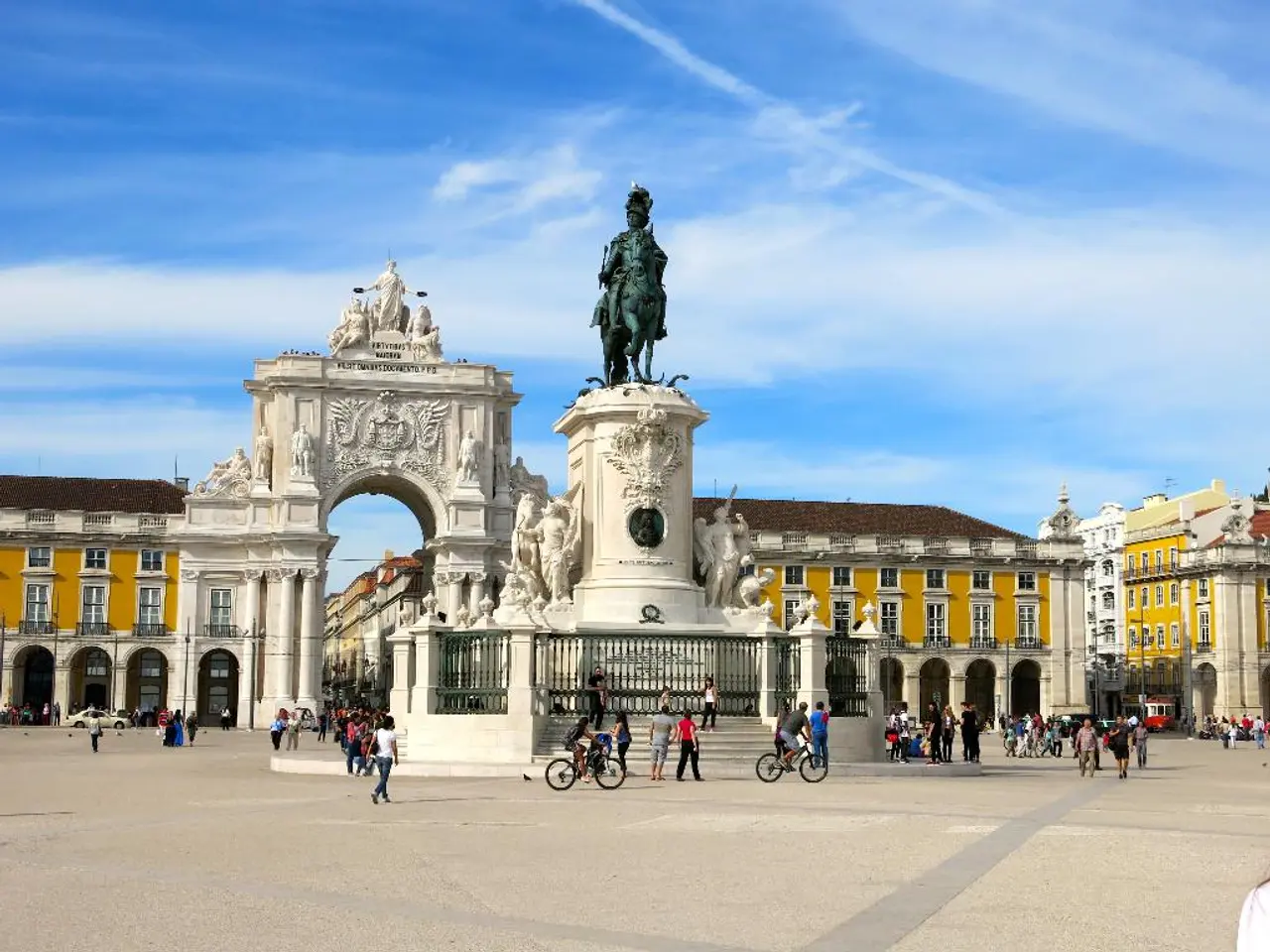Could the post-pandemic Hawaii vacation remain a worthwhile extravagance for bucket lists?
In the year 2025, a visit to Hawaii offers a unique blend of adventure, culture, and sustainability. Visitors may find themselves spending a little more, but they will return home with memories that feel real, intentional, and rooted in the heart of Hawaii.
One such hidden gem is the picturesque forest reserve on the Big Island. Thanks to a timed reservation system, this uncrowded paradise is finally getting its moment in the spotlight. Many popular sites across the islands, including this forest reserve, still require reservations to help preserve fragile ecosystems and reduce crowds.
The new normal in Hawaii offers travelers the opportunity to engage in conservation efforts, support local businesses, and immerse themselves in the rich history and culture of the islands. The regenerative tourism movement is reshaping the visitor experience, integrating community values, culture, education, and nature conservation into tourism practices.
Hawaii is leading the way in community-first, culture-rich tourism development. The Hawaii Visitors and Convention Bureau is developing a strategic plan guided by regenerative values, aiming to ensure tourism benefits local communities and ecosystems and to track meaningful metrics reflecting community well-being and visitor impact.
Programs such as beach cleanups, marine conservation collaboration with the Waikiki Aquarium, and educational tours designed especially for Japanese tourists are fostering cultural connection and environmental awareness. Cultural experiences are being expanded and funded to ensure visitors engage with Hawaii's authentic heritage through free hula, music, and interactions with local artisans.
Upcoming policies, like a climate protection fee to be implemented in 2026, will further support environmental restoration efforts funded by tourists, indicating a broader commitment to regenerative tourism. The regenerative tourism movement is gaining visibility at global forums like the Wellness Tourism Summit 2025, where Hawaii is highlighted for its leadership in this area.
However, the current state of regenerative tourism in Hawaii is in an active learning and development phase. It may seem slower and harder to plan due to the need for reservations and increased costs, but it also has the potential to be more fulfilling. Travelers may find the new Hawaii to be overly-structured due to the need for timed reservations and increased planning, but the rewards of an authentic, immersive, and sustainable travel experience make it worth the effort.
To truly experience Hawaii like a local, visitors are advised to follow the footsteps of the late Anthony Bourdain and avoid resort buffets. Instead, they should uncover the state's layered culinary identity one plate at a time. With these experiences, Hawaii in 2025 offers a renaissance in cultural immersion, with taro farm tours, traditional canoe lessons, and a focus on authentic, community-based experiences.
In conclusion, Hawaii in 2025 is not just a destination for passive sightseeing. It is a place where travelers can actively participate in preserving and honoring natural and cultural resources, making tourism mutually beneficial for visitors and the island communities they visit. This creates more meaningful, educational, and sustainable travel encounters that go beyond traditional tourism models.
Embracing the regenerative tourism movement, visitors can engage in travel hacks that enhance their Hawaiian lifestyle, such as reserving spots for eco-friendly activities and supporting local businesses. This travel to Hawaii offers opportunities to explore unique destinations like the Big Island's forest reserve, immerse in rich culture, and contribute to sustainability efforts, creating a memorable, intentional, and authentic experience.





